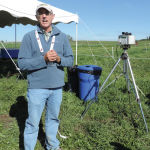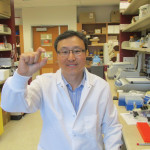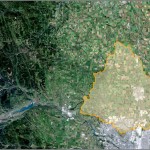
Growth promotants in cattle can impact tenderness, says study
Researcher warns against steroid or beta-agonist use in cattle that won’t be slaughtered until they’re 16 months or older

Listening to the sounds of nature 24-7

Scientists say it’s a new era: the Anthropocene
Researchers say the term — which means the human period — recognizes the extent of human-caused change to the planet over the last 60 years

Mamma mia! They don’t make gelato like this in Italy
A pulse-based version of the Italian ice-cream treat takes top prize at Mission ImPULSEible

Famed Hays Converter cattle find a new home — and a new future
Donating the herd to the University of Alberta will improve its genetics and make them more available

Researchers take aim at chronic wasting disease
Finding out why prions misfold is key to finding a treatment for CWD and BSE

Cows that burp less could also save you money
Reducing methane from cattle means a reduction in greenhouse gases – and the key to that is feed efficiency

Researchers using big data to find feed-efficient dairy cattle
The goal is to develop a prediction tool for breeding cows that will eat less with no loss in productivity

Pill allows celiac sufferers to ingest gluten
A decade of work at the University of Alberta has created a pill made from antibodies in chicken yolks that binds gluten

What’s it worth? New project aims to nail down the value of wetlands
Innovative new project features a reverse auction in which producers ‘bid’ on the compensation they’d want for giving up acres

